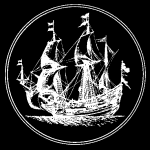
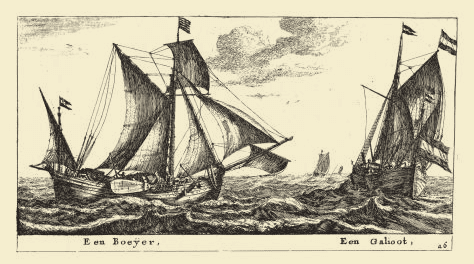
A Boyer and a Galliot, etching by Reinier Nooms (1623-1664). Nooms placed both vessels on one plate in order to better emphasize their differences. A galliot had higher and rounder bows than a boyer – a type of sloop – and the mast was a third of the way along its length. They were perfectly seaworthy and, fitted later with a standard three-master rigging, they continued in service until the second half of the nineteenth century.
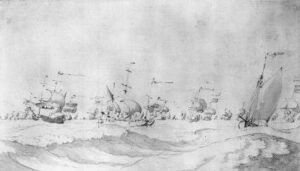
The Dutch Fleet at Sea before the Battle of Sole Bay, 28 May / 7 June 1672. Black chalk and grey wash, by Willem van de Velde the Elder. Rapid drawing made from his galliot, which is depicted to the right in the drawing
Rob Kattenburg BV, Eeuwigelaan 6, 1861 CM Bergen, The Netherlands – Tel.+31 (0)72-5895051 Fax +31 (0)72-5816031
[email protected] – www.robkattenburg.nl – By appointment only
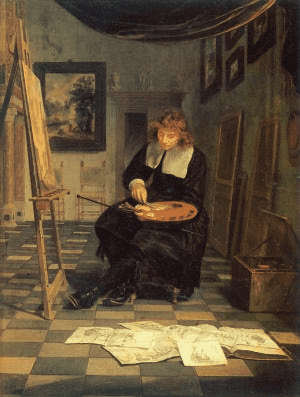
Portrait of Willem van de Velde the Younger in his studio
Oil on canvas, 43 x 52.5 cm
Signed on the boat lower left
Provenance:
Baron Nathaniel von Rothschild
Baron Alphonse von Rothschild
Private collection
Willem van de Velde the Younger and his father, Willem van de Velde the Elder, were two of the finest marine artists in Europe. Willem the Younger was born in Leiden in 1633. Shortly afterwards the family moved to a house near the River IJ in Amsterdam. His father had by then achieved fame as a skilled and accurate naval draughtsman and a maker of pen paintings. Willem van de Velde the Elder was the leading artist in this fascinating technique. It was probably Willem van de Velde the
Younger’s father who taught him how to depict a ship accurately. He subsequently became a pupil of the famous Simon de Vlieger and learned the art of painting. At the age of 18 he was working independently—his earliest dated painting bears the inscription 1651—but from 1652 onwards father and son worked together. The immense importance of the Van de Veldes lies not only in the development of marine painting; they are also significant as compilers of historical records.
In 1672 father and son decided to try their luck in England in the service of King Charles II. The king and his brother James, Duke of York, were so delighted to have gained the services of the two leading marine artists of the day that father and son were given a large house in Greenwich and a studio was built for them in the Queen’s House there.
Van de Velde the Elder continued to work until his death in 1693. Willem the Younger remained in England after his father’s death, although he visited the Dutch Republic from time to time. He died in 1707 and, like his father, was buried in St James’s, Piccadilly.
In a calm sea a great fleet lies at anchor or prepares to set sail. In view of the large number of big ships, we must be looking at the ‘Lands Vloot’, the Dutch Navy, most probably in Texel roads. There is a great deal to be seen. On the left is a kaag, a small flatbottomed boat with two passengers. Behind it there is another,
sailing towards us. The ship behind that flies a large flag; it is a luxurious vessel – a pleasure yacht. It has one mast with mizzen rigging. In the middle a sloop may be transporting some sailors to the fleet. The two ships to the right are galliots. The entire scene is depicted under a magnificent cloudy Dutch sky
The States General of the United Netherlands put a galliot at Willem van de Velde the Elder’s disposal; from it he was able to draw ships and battles at sea from his own observation. For an eyewitness report of the Battle of Sole Bay (1672) the States General commissioned ‘a galjoot Captain called Jan Lely of the galjoot Hollandia to take on board the person of Willem van de Velde, ship’s draughtsman, and to go with him ahead’. These swift yet accurate sketches were later often worked up into paintings. Van de Velde the Elder was a reporter before there even was such an occupation. Willem van de Velde the Younger never used a galliot, and when father and son were living and working in England Willem van de Velde the Elder no longer used one either; the English monarch did not grant them permission to be aboard a galliot in the thick of ships fighting. The king was far too afraid that something would happen to them. We do not know why Willem van de Velde the Younger depicted two galliots—perhaps it was as a tribute to his father.
With thanks to Ab Hoving, Rijksmuseum, Amsterdam
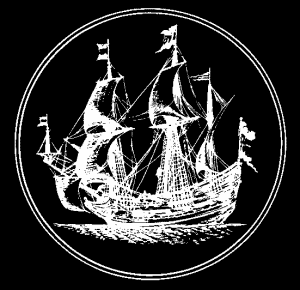
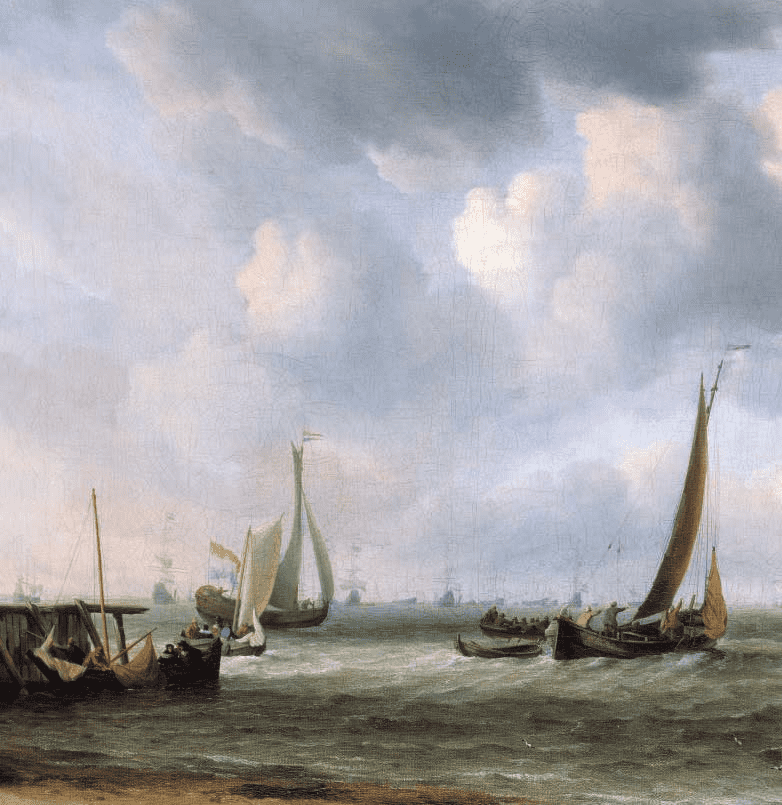
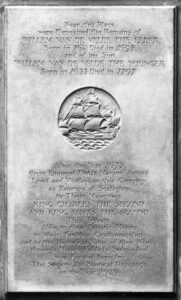
The memorial stone in St. James’s Church, Piccadilly
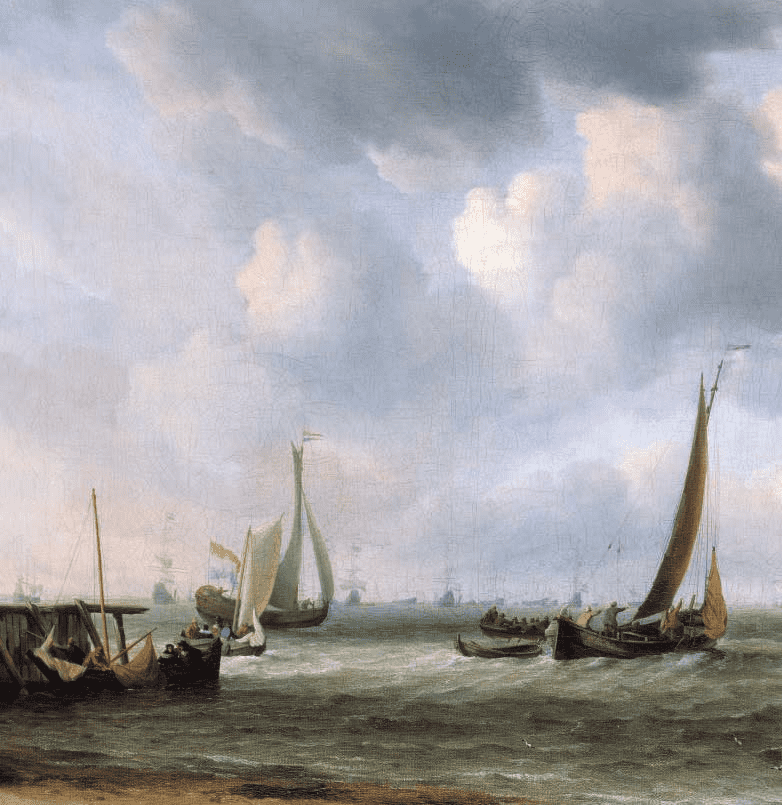
© 2022 Rob Kattenburg
Website Mediya.nl